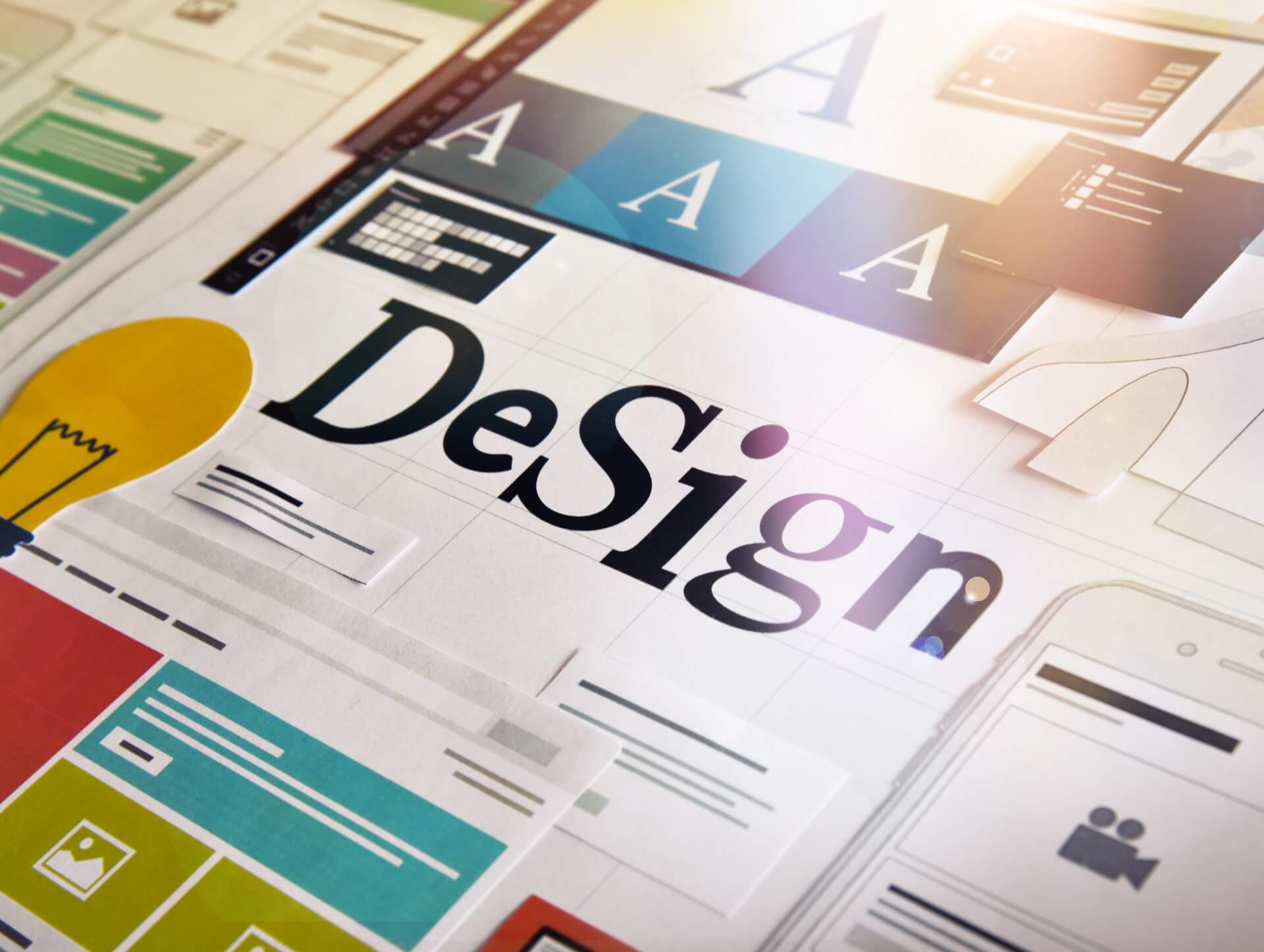The impact of time zones on global design collaboration

06/09/2023
Globalization has opened up new opportunities for businesses to collaborate with design professionals from around the world. With advancements in technology and communication, it is now possible to work with designers remotely, regardless of their location. However, one challenge that often arises in global design collaboration is the difference in time zones. This article explores the impact of time zones on the efficiency and effectiveness of design collaboration, and provides tips on how to overcome this challenge.
The Challenges of Time Zones in Design Collaboration
1. Scheduling Meetings and Communication
One of the main challenges of working across different time zones is scheduling meetings and communication. When collaborating with designers in different countries, it can be difficult to find a time that works for everyone. This can lead to delays in communication and decision-making, which can affect the overall progress of the project.
To overcome this challenge, it is important to establish clear communication channels and set expectations regarding response times. Utilizing project management tools that allow for asynchronous communication can also be helpful. This way, team members can leave messages and updates for each other to review at their convenience.
2. Coordination and Collaboration
Another challenge of global design collaboration is coordinating and collaborating on design projects. Designers often need to work together on multiple iterations and revisions, and the time zone difference can slow down the process. For example, if a designer in one time zone needs feedback or approval from a designer in another time zone, it may take longer to receive a response due to the time difference.
To address this challenge, it is important to establish clear workflows and timelines for each project. Setting deadlines and expectations for feedback and approval can help ensure that the design process remains on track. Additionally, utilizing collaborative design tools and software can facilitate real-time collaboration, even across different time zones.
3. Client Communication and Feedback
When working on design projects with clients in different time zones, it can be challenging to coordinate communication and receive timely feedback. Designers often rely on client feedback to make revisions and updates, and the time zone difference can cause delays in this process.
To overcome this challenge, it is important to establish clear communication channels with clients and set expectations regarding response times. Providing clients with a clear timeline for feedback and revisions can help manage their expectations and ensure a smooth design process.
Tips for Effective Global Design Collaboration
1. Establish Clear Communication Channels
When working with designers in different time zones, it is important to establish clear communication channels. This includes defining the preferred method of communication, such as email, video calls, or project management tools. It is also important to set expectations regarding response times, so that team members know when they can expect to receive a reply.
2. Utilize Project Management Tools
Project management tools can be invaluable in facilitating global design collaboration. These tools allow for easy communication, file sharing, and task management. They also often have features that support asynchronous communication, making it easier to collaborate across different time zones.
3. Set Clear Deadlines and Expectations
To ensure that the design process remains on track, it is important to set clear deadlines and expectations for each project. This includes establishing timelines for feedback, revisions, and approvals. By setting clear expectations, team members can plan their work accordingly and avoid unnecessary delays.
4. Be Flexible and Respectful of Time Zones
When collaborating with designers in different time zones, it is important to be flexible and respectful of their working hours. This may mean adjusting your own schedule to accommodate overlapping working hours, or being patient when waiting for a response. By demonstrating flexibility and respect, you can foster a positive and productive working relationship.
The Benefits of Global Design Collaboration
While time zones can present challenges in global design collaboration, there are also many benefits to working with designers from around the world.
1. Access to a Diverse Pool of Talent
By collaborating with designers from different countries, businesses have access to a diverse pool of talent. Each designer brings their own unique perspective and creative ideas, which can result in more innovative and impactful designs.
2. Greater Flexibility and Availability
Working with designers in different time zones can provide greater flexibility and availability. For example, if a business needs a design task completed urgently, they can assign it to a designer in a different time zone who is still working during their own off-hours.
3. 24/7 Productivity
Global design collaboration allows for 24/7 productivity. With designers located in different time zones, work can continue around the clock, ensuring faster turnaround times and increased productivity.
4. Cultural Understanding and Localization
When working with designers from different countries, there is an opportunity to gain a better understanding of different cultures and markets. This can be particularly valuable for businesses looking to expand their reach and create designs that resonate with a global audience.
5. Cost Savings
Global design collaboration can also result in cost savings for businesses. By working with designers in countries with lower labor costs, businesses can access high-quality design services at a more affordable price.
Conclusion
While time zones can present challenges in global design collaboration, they should not discourage businesses from exploring the benefits of working with designers from around the world. By establishing clear communication channels, utilizing project management tools, and setting clear expectations, businesses can overcome the challenges of time zones and unlock the benefits of global design collaboration. With the right strategies and tools in place, businesses can leverage the expertise and creativity of designers from different time zones to create impactful and visually stunning designs.
Contact us

Spanning 8 cities worldwide and with partners in 100 more, we’re your local yet global agency.
Fancy a coffee, virtual or physical? It’s on us – let’s connect!

